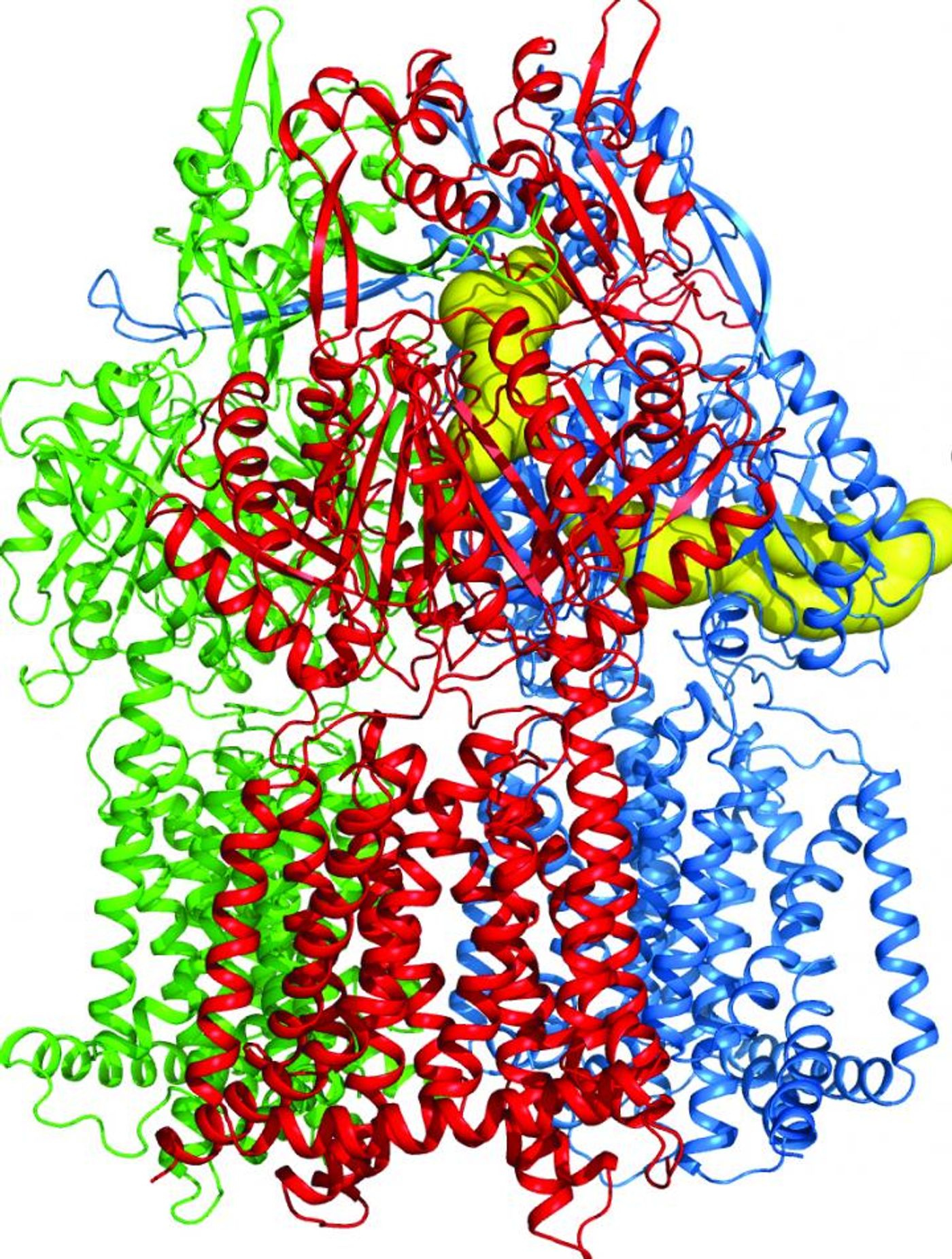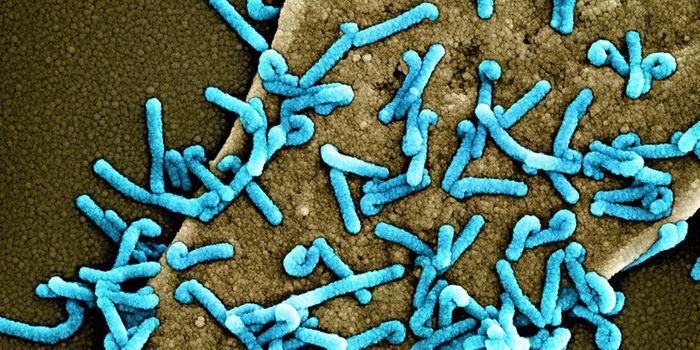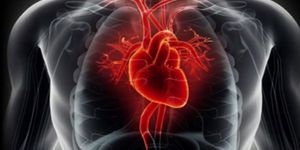Structural, Mechanistic Data Gives Insight Into Bacterial Resistance
Researchers have made major strides in our understanding of how bacteria can resist the action of antibiotics. These new findings, by the lab of Edward Yu at Iowa State University, describe the structure of efflux pumps, and mechanisms used by cell walls to render antimicrobials ineffective. The work is outlined in the video below and has been reported in two publications. This data will hopefully provide scientists with novel insight as new drugs are developed.
Bacteria have many crafty ways to evade antibiotics. “The structure and mechanism depend on the bacteria you're talking about - and the bacteria will find a way,” said Yu, an Iowa State professor who holds appointments in physics and astronomy, chemistry, biochemistry, biophysics and molecular biology, and is affiliated with the U.S. Department of Energy's Ames Laboratory.
In one of the new reports, published in Nature Communications, an efflux pump used by the bacterium Campylobacter jejuni bacterium is characterized. The bacterium is a common cause of food poisoning; it can cause diarrhea and intestinal inflammation, and it uses the pump to expel antibacterial drugs.
"We study a lot of efflux pumps to understand antibiotic resistance," said Yu. This particular pump uses three molecules that work together. "The three independent pumps make it a more powerful multidrug efflux pump," Yu noted.
In the other paper, reported in the Proceedings of the National Academy of Sciences, the investigators delve into an entirely different mechanism of resistance. "Cell wall remodeling is also a major mechanism to work against antibacterial drugs,” explained Yu.
Burkholderia multivorans bacterium is a known pathogen and has an innate resistance to antibiotics. It can strengthen and rearrange its cell wall to stop drugs from getting in. The bacterium can cause pneumonia in people with compromised immunity or lung diseases like cystic fibrosis, where it’s very harmful.
Yu has previously led work using X-ray crystallography to elucidate the structures of transporters, pumps, and regulators in microbes. His significant contributions to the understanding of such structures led the American Academy of Microbiology to elect him as an academy fellow this year.
A broad understanding of how bacterial structures are involved in antibiotic resistance and the mechanisms that bacteria use to halt the efficacy of drugs can now allow the research group to move on to a critical question. How can these transporters and pumps be controlled - and turned off? Finding an answer to that could be a boon to medicine.
"We're trying to find an inhibitor compound," Yu said. "We're thinking about doing a little more translational science. We have a lot of rich information about the structure and function of these pumps. Why not use it?"
Sources: AAAS/Eurkalert! Via Iowa State News, Nature Communications, PNAS









